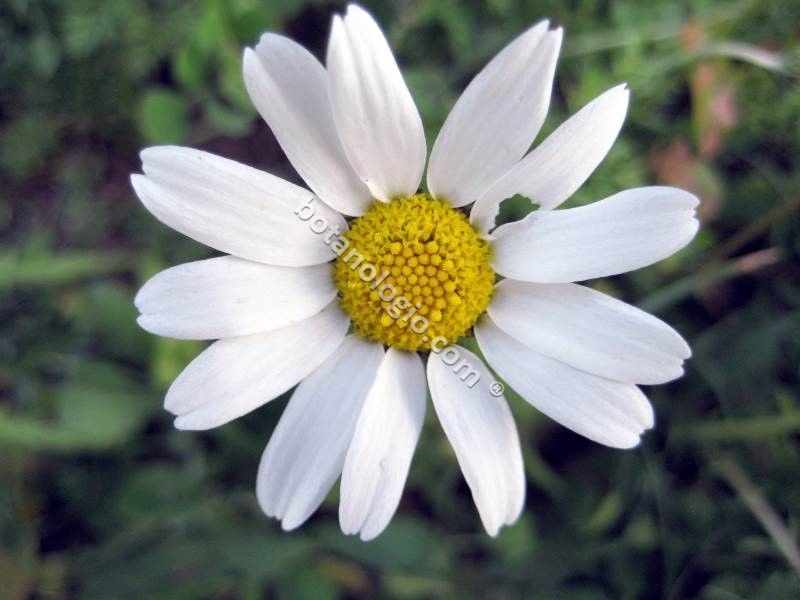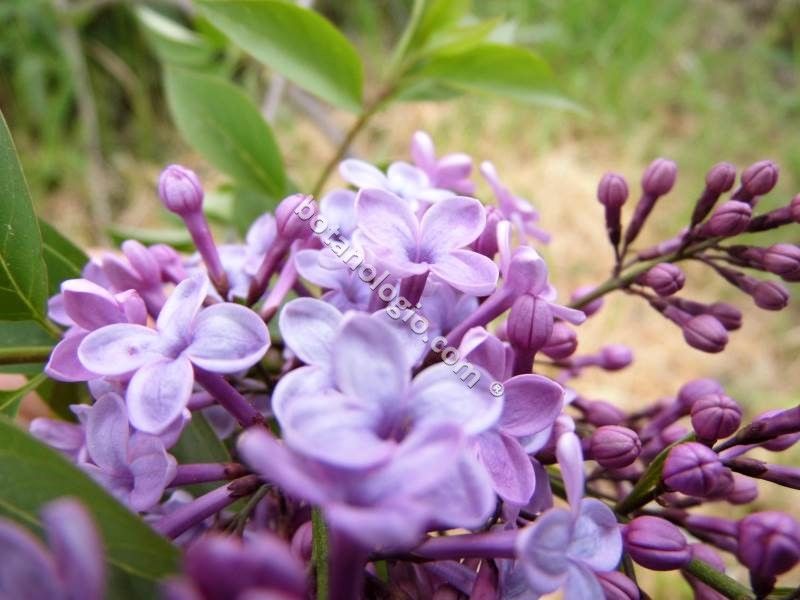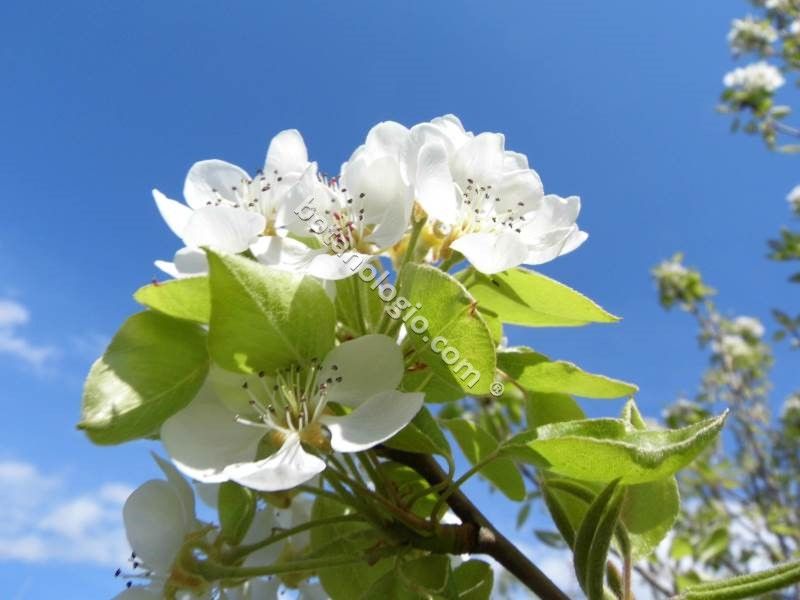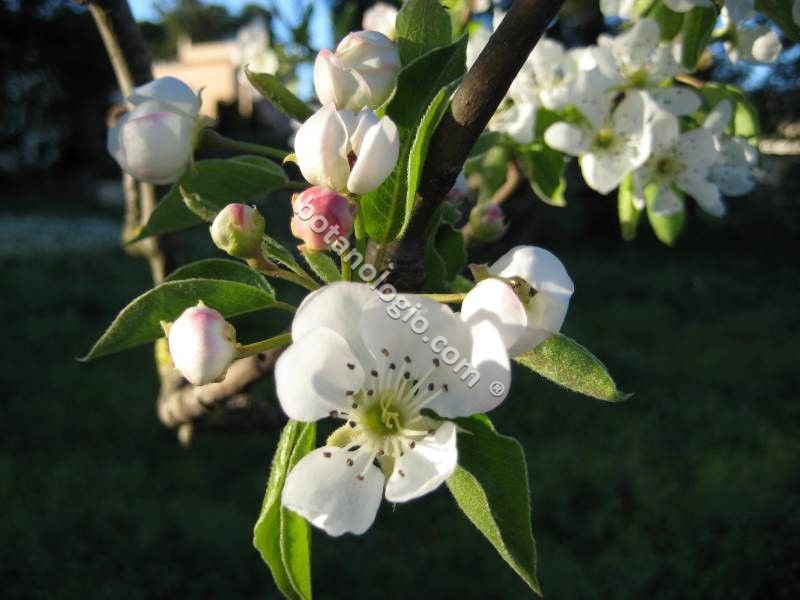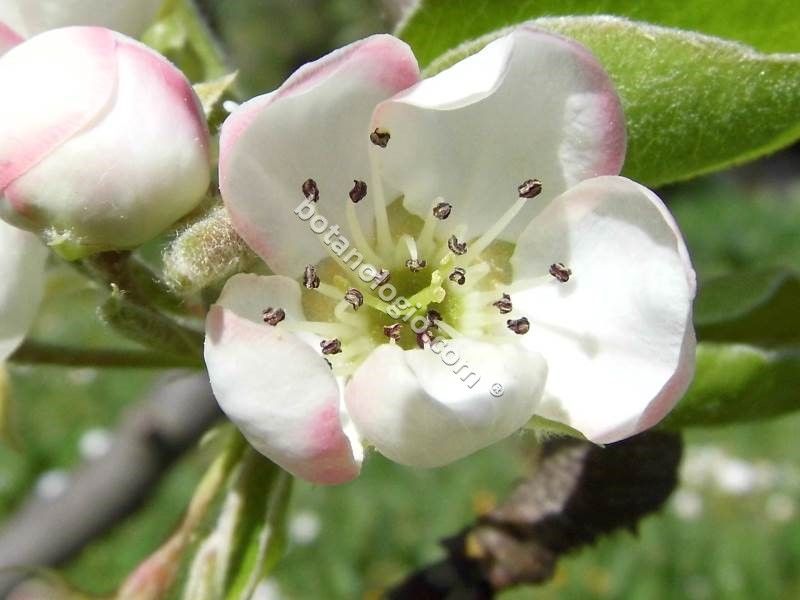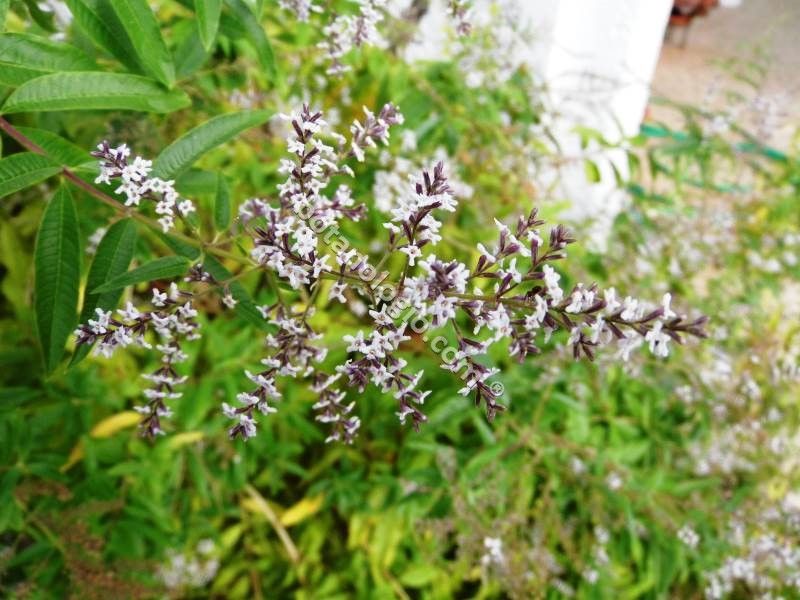Mulberry, collection & nutritional value

Mulberry is very useful tree for the shade it provides during the summer season, with sweet fruits like jam. The berries are used for many purposes, such as jelly, syrups, jams, pies, aromas and flavors in wines, beverages, for sweets such as cakes, sauces and special dishes.
While there are many varieties, black mulberry (Morus nigra) is what occupies a prominent position for both taste and healing properties. Mulberry trees are deciduous trees that thrive in warm – temperate climates like Greece, with berries that grow very quickly but are slow to get their deep color. When they are ripe, they become pink, red, purple or black depending on the variety. Black mulberries are the smallest in size, while the white mulberries are the largest variety in height, reaching 24 meters in height. It takes a long time maturing trees to provide fruit.
Historically, mulberries have been used in Chinese herbal medicine for blood-related problems, and they were particularly popular in ancient Greece and ancient Rome. Very well known were the mulberry leaves for the food they offered to the silkworms.
Useful parts of mulberry for healing purposes are both fruits and leaves that offer anti-aging tincture for coldcreams and creams ideal for the eye area. Mulberries in warm areas are fully matured in May, while in the cold areas with late spring, mulberries are ripe in August.
The nutritional value of mulberries is great as they are full of iron, calcium, magnesium, phosphorus, potassium, fiber, protein, vitamin A, vitamin K, vitamin C, vitamin B9, followed by vitamin E, vitamins B1, B2, B3 and B6, zinc, sodium, polyunsaturated and monounsaturated fatty acids, zeaxanthin, resveratrol, anthocyanins, lutein, various polyphenol compounds and carbohydrates!
Many nutrients are seen, while resveratrol, which is not yet widely known, proves to be responsible for protecting against aging of the body and mind. You will also find resveratrol in the red grapes.
You can store fresh berries in the freezer for about 3 months until consumption.
Read about the healing properties of mulberry and the valuable cosmetic uses of mulberry!
herbs collection, herbs nutritional value, mulberry, superfoods
